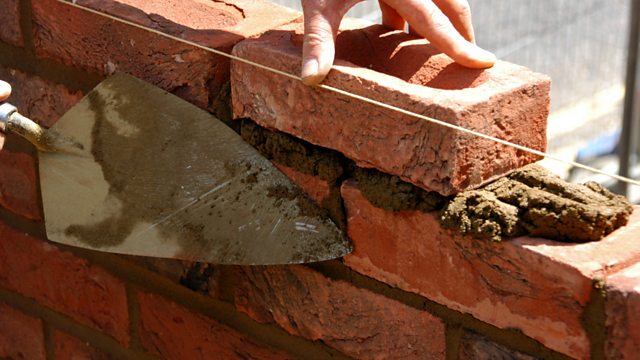The humble brick has housed us for thousands of years, but how much longer will it endure?
'I found Rome a city of bricks and left it a city of marble,' Caesar Augustus apparently boasted. If so, he wasn’t the only person to dismiss the humble brick. They’ve housed us for tens of thousands of years. They are all rather similar – small enough to fit into a human hand, and half as wide as they are long – and they are absolutely everywhere. Why, asks Tim Harford, are bricks still such an important building technology, how has brickmaking changed over the years, and will we ever see a robot bricklayer?
Last on
Image credit
Sources
Hannah B Higgins, The Grid Book p25, MIT Press 2009
Professor Gavin Kennedy - Of pins and things
James W.P. Campbell and Will Pryce, Brick: A World History, Thames and Hudson, London 2003
Adobe mud blocks - World Housing Encyclopedia
Esther Duflo and Abhijit Banerjee, Poor Economics XXXX
Edward Dobson and Alfred Searle, Rudimentary Treatise on the Manufacture of Bricks and Tiles 14th Edn 1936, (The Technical Press, London)
Development of Interlocking Masonry Bricks and it's Stuctural Behaviour: A review paper
Peter Smisek, “A Short History of Bricklaying Robots”, 17 Oct 2017
Broadcasts
- Sat 11 May 2019 04:50GMTBBC World Service except East and Southern Africa & South Asia
- Sat 11 May 2019 13:50GMTBBC World Service News Internet
- Sun 12 May 2019 14:50GMTBBC World Service News Internet
- Sun 12 May 2019 21:50GMTBBC World Service except East and Southern Africa & West and Central Africa
- Sun 12 May 2019 22:50GMTBBC World Service East and Southern Africa & West and Central Africa only
- Mon 13 May 2019 03:50GMTBBC World Service South Asia
Podcast
-
![]()
50 Things That Made the Modern Economy
The stories of inventions, ideas and innovations which helped create the economic world


